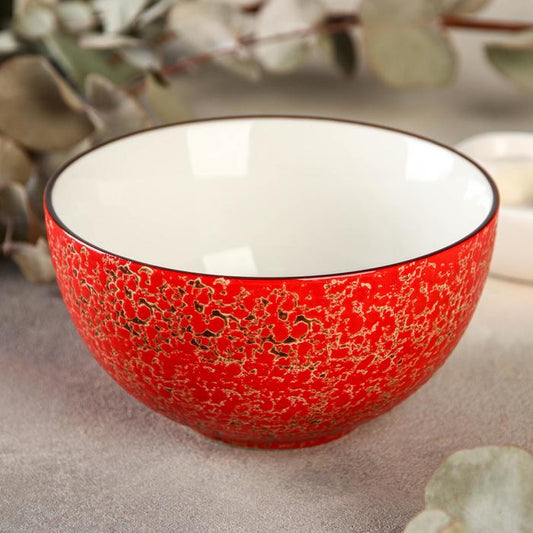Middle Eastern Heat: Harissa, Za’atar & Pomegranate Take Center Stage
From spice markets in Tunis to rooftop restaurants in New York, Middle Eastern flavors are shaping the way Western chefs approach bold, vibrant cooking. With harissa, za’atar, and pomegranate leading the charge, these ingredients are igniting menus with heat, tang, and texture.

Harissa: The Fiery Paste with Global Appeal
Born in North Africa, harissa is a chili paste blended with garlic, spices, and olive oil. Its smoky heat has become a pantry staple for chefs from Los Angeles to London. Beyond traditional tagines, harissa now appears in:
- Aioli for burgers and fries.
- Glazes for roasted vegetables.
- Marinades for seafood and chicken.
- Swirled into hummus for a spicy upgrade.
Its versatility makes it both comforting and adventurous — a rare balance in global flavors.
Za’atar: The Herb & Spice Symphony
Za’atar is less a single spice than a harmonious blend: typically thyme, oregano, sesame seeds, and sumac. Sprinkled with olive oil on flatbreads or folded into dips, it’s herbal, tangy, and nutty.
Western chefs are now adding za’atar to:
- Salad dressings and vinaigrettes.
- Roast chicken rubs for earthy brightness.
- Avocado toast as a punchy alternative to chili flakes.
- Snack mixes and crackers for a Middle Eastern twist.
Pomegranate: Jewel of the Plate
In Middle Eastern cuisine, pomegranates are as symbolic as they are flavorful. Their ruby-red seeds provide a sweet-tart pop that transforms both savory and sweet dishes. Modern uses include:
- Pomegranate molasses drizzled on roasted meats.
- Seeds scattered over grain bowls or couscous.
- Desserts infused with the fruit’s natural tang.
- Cocktails and mocktails elevated with pomegranate syrup.
Why These Flavors Are Resonating Now
Western diners are seeking food that is experiential, Instagrammable, and layered with history. Middle Eastern ingredients deliver all three: heat that lingers, spices that surprise, and colors that pop on the plate. They’re also remarkably adaptable — blending seamlessly into both traditional and modern dishes.
Case Studies: Restaurants Setting the Trend
Los Angeles: Street food trucks feature harissa tacos topped with pomegranate salsa.
London: Bakeries sprinkle za’atar on sourdough loaves for a Mediterranean twist.
New York: Cocktail bars serve gin-based drinks infused with pomegranate molasses.
Paris: Chefs blend harissa with beurre blanc, marrying French technique and Tunisian heat.
The Future of Middle Eastern Influence
As diners grow more adventurous, expect to see Middle Eastern flavors move beyond “trendy accents” and into the mainstream of Western dining. Za’atar snack packs, harissa condiments on grocery shelves, and pomegranate-spiked desserts are already crossing over into everyday eating.
What began in ancient spice markets is now defining modern menus. In 2025, the bold flavors of harissa, za’atar, and pomegranate aren’t just garnishes — they’re center stage.
Share:





